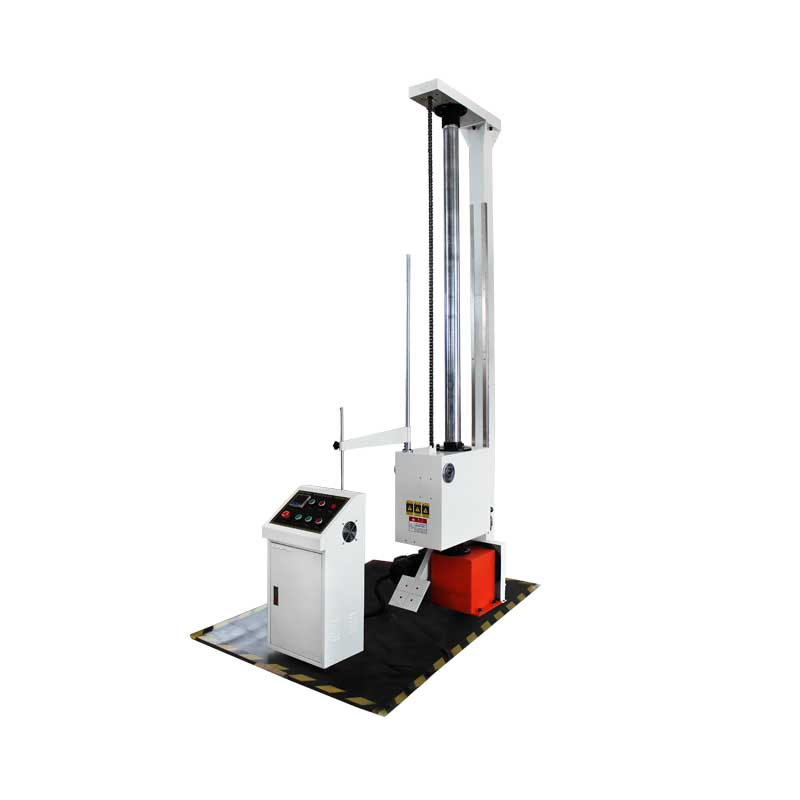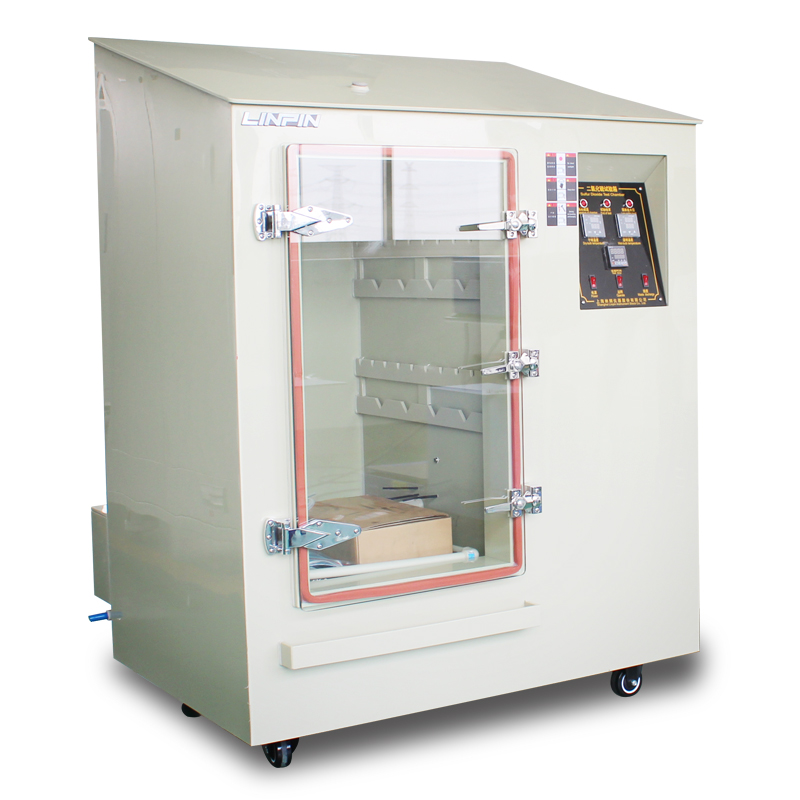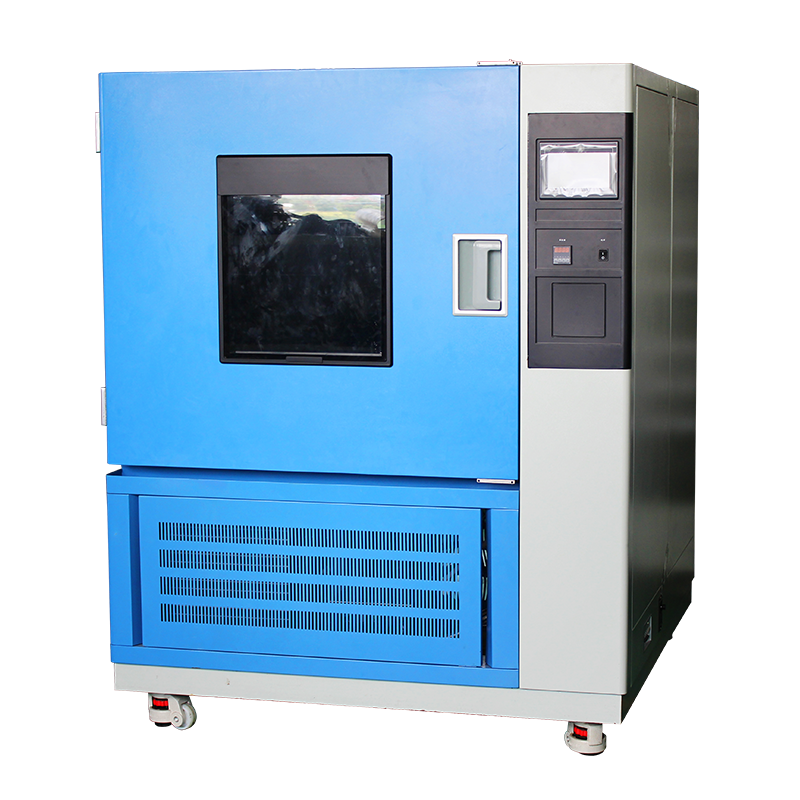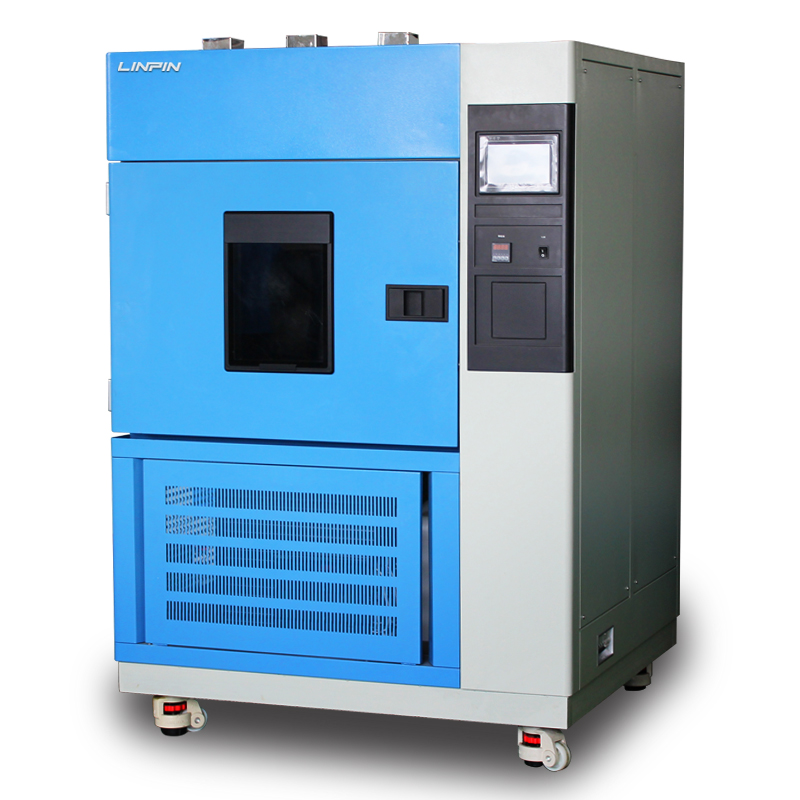Daily Maintenance Checklist for UV Weathering Chambers
Author:LINPIN Update Time:2025-08-27 Source:LINPINA UV weathering chamber accelerates outdoor aging with controlled UV radiation, condensation, and temperature cycling. Ignore routine upkeep and you’ll see drifting irradiance, shorter lamp life, and—worst of all—invalid test data. A disciplined maintenance plan keeps the chamber accurate, cuts downtime, and protects your warranty.
Below is a field-tested, “grab-and-go” checklist written for busy technicians and lab managers.
1 Core Daily / Weekly Tasks
1.1 Clean lamps and filters
• Power down, wait 5 min for cool-down.
• Wipe quartz lamps and filter windows with lint-free cloth + 99 % isopropanol.
• Frequency: every 100 operating hours or weekly, whichever comes first.
• Power down, wait 5 min for cool-down.
• Wipe quartz lamps and filter windows with lint-free cloth + 99 % isopropanol.
• Frequency: every 100 operating hours or weekly, whichever comes first.
1.2 Inspect lamps for aging
• Measure irradiance with a calibrated radiometer (e.g., 340 nm sensor).
• Replace lamps in pairs when output drops >15 % from the original calibration value (typical life: 1 000–1 500 h for UVA-340).
• Log lamp serial numbers and run hours in the maintenance file.
• Measure irradiance with a calibrated radiometer (e.g., 340 nm sensor).
• Replace lamps in pairs when output drops >15 % from the original calibration value (typical life: 1 000–1 500 h for UVA-340).
• Log lamp serial numbers and run hours in the maintenance file.
1.3 Flush the test chamber
• After every test cycle, remove sample residues and rinse the drip tray with DI water.
• Verify the drain is free; standing water breeds biofilm and attacks stainless steel.
• After every test cycle, remove sample residues and rinse the drip tray with DI water.
• Verify the drain is free; standing water breeds biofilm and attacks stainless steel.
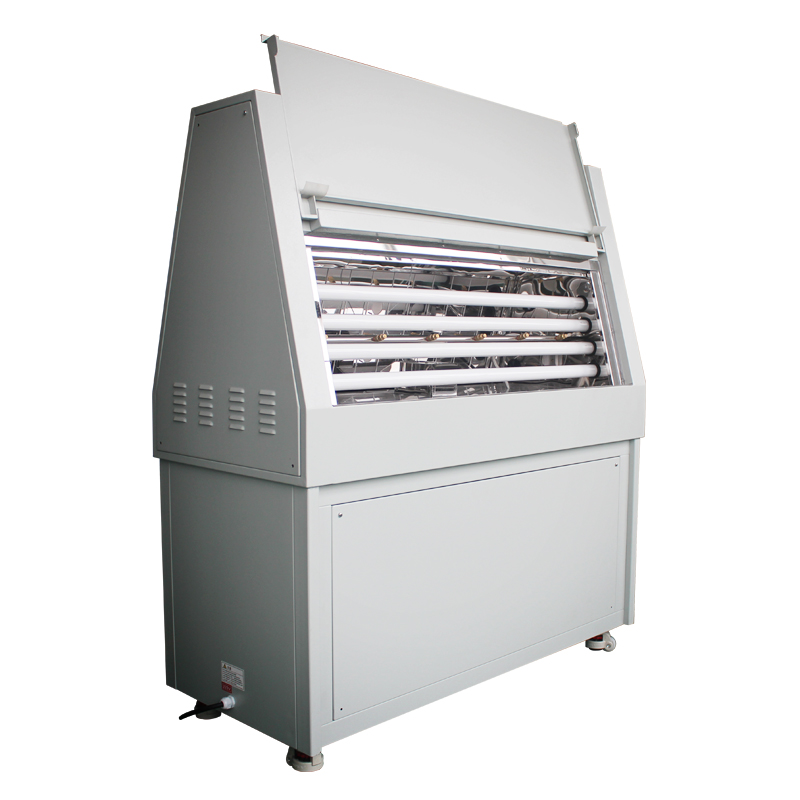
2 Monthly / Quarterly Deep-Dive
2.1 Calibrate T & RH sensors
• Use a NIST-traceable reference probe.
• Tolerance: ±1 °C and ±3 %RH.
• Re-cal interval: 6 months or 500 h, whichever is sooner.
• Use a NIST-traceable reference probe.
• Tolerance: ±1 °C and ±3 %RH.
• Re-cal interval: 6 months or 500 h, whichever is sooner.
2.2 Electrical & safety check
• Inspect terminal blocks—torque to spec (often 0.5–0.8 N·m).
• Look for UV-damaged insulation on lamp leads.
• Reset any “lamp out” or “over-temp” alarms and log the event.
• Inspect terminal blocks—torque to spec (often 0.5–0.8 N·m).
• Look for UV-damaged insulation on lamp leads.
• Reset any “lamp out” or “over-temp” alarms and log the event.
2.3 Mechanical wear points
• Door gasket: clean with mild detergent; replace if cracked or permanently compressed.
• Blower bearings: add one drop of low-outgassing PTFE oil every 6 months.
• Latch mechanism: light silicone grease on hinge pins.
• Door gasket: clean with mild detergent; replace if cracked or permanently compressed.
• Blower bearings: add one drop of low-outgassing PTFE oil every 6 months.
• Latch mechanism: light silicone grease on hinge pins.
3 Easy-to-Miss Details
• Never run the chamber empty for more than 30 min—lamp overheats and reflector coatings degrade.
• Ambient conditions: keep the lab at 15–30 °C, <75 %RH, with 20 cm clearance on all sides.
• Maintenance log: date, operator, lamp hours, cleaning agents, irradiance reading. A simple spreadsheet beats a forgotten notebook every time.
• Ambient conditions: keep the lab at 15–30 °C, <75 %RH, with 20 cm clearance on all sides.
• Maintenance log: date, operator, lamp hours, cleaning agents, irradiance reading. A simple spreadsheet beats a forgotten notebook every time.
4 Quick Troubleshooting Guide
Symptom → First Look
Lamp won’t strike → Check lamp seating, fuse, and ballast.
Temperature swings → Verify SSR operation and sensor calibration.
Alarm code → Note the code, power-cycle, and call factory support if it repeats.
Lamp won’t strike → Check lamp seating, fuse, and ballast.
Temperature swings → Verify SSR operation and sensor calibration.
Alarm code → Note the code, power-cycle, and call factory support if it repeats.
Tip: Always use OEM lamps and filters. Generic substitutes shift the spectral output and void most warranties.
Five minutes of daily attention and a 30-minute monthly audit will keep your UV chamber within ASTM G154 / ISO 4892 tolerances and save thousands in re-testing costs. Preventive beats reactive—every single time.

